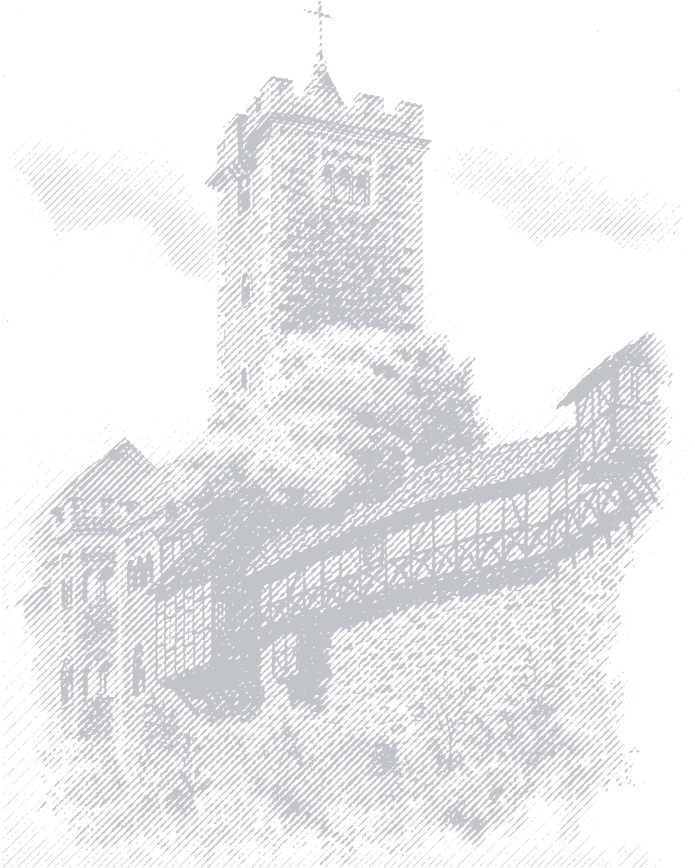You know, I used to think charging my Buffalo devices was straightforward—just plug them in overnight and forget about it. But after my gaming sessions got interrupted by low battery warnings right in the middle of intense chases in Dying Light 2, I realized I needed a better approach. Let me share what I’ve learned about charging these gadgets efficiently while extending their battery life, because let’s face it, nobody wants their gear dying when you’re seconds from safety.
First off, let’s talk about why this matters, especially if you’re into games like Dying Light 2. In that game, movement and combat shift dramatically between day and night. During the day, you’re scaling buildings and swinging from branches like a parkour pro, but at night, every step feels like a gamble. I remember crouching in the dark, spamming the "survivor sense" to ping nearby Volatiles, only to have my heart race as they chased me down. The music spikes, they claw at your heels, and more join in, flanking you and spewing gunk to knock you off walls. It’s intense, and if you’re lucky, you barely make it to a safe haven with UV lights. Now, imagine your device battery dying mid-chase—total nightmare! That’s why efficient charging isn’t just about convenience; it’s about keeping your gear reliable for those critical moments.
So, how do you charge Buffalo devices efficiently? Start by using the right charger. I made the mistake of using a generic, low-output charger once, and it took forever to juice up my power bank. For most Buffalo products, like their external batteries or portable chargers, aim for a charger that delivers at least 2.4 amps. I’ve tested this with my own Buffalo 10,000mAh power bank—using a 2.4A charger, it charges fully in about 4-5 hours, whereas a 1A charger dragged it out to over 8 hours. That’s a huge difference, especially if you need a quick top-up between gaming sessions or outdoor adventures.
Next, pay attention to charging habits. I used to leave my devices plugged in overnight, thinking it was harmless, but that can actually degrade the battery over time. Lithium-ion batteries, which Buffalo often uses, prefer partial charges rather than always going from 0% to 100%. I’ve adopted the 20-80% rule: I try to charge my devices when they hit around 20% and unplug them once they reach 80%. It might sound tedious, but after six months of doing this, my Buffalo smartphone case still holds about 95% of its original capacity, compared to my old one that dropped to 85% in the same period. If you can’t baby it that much, at least avoid letting it drain completely—those deep discharges are brutal on battery health.
Temperature is another biggie. I learned this the hard way during a summer road trip when I left my Buffalo power bank in the hot car. It not only charged slower but felt warm to the touch, which is a red flag. Batteries hate extreme heat; ideally, keep them between 50°F and 86°F (10°C to 30°C) while charging. Cold isn’t great either—once, in winter, my device took twice as long to charge in a chilly room. So, find a cool, dry spot for charging, and if you’re using it heavily while plugged in, like during a long gaming marathon, give it breaks to prevent overheating. Trust me, it’s worth it to avoid that sluggish performance when you need it most.
Now, let’s tie this back to extending battery life. One trick I swear by is using power-saving modes on connected devices, like smartphones or tablets charged via Buffalo accessories. For instance, when I’m not actively gaming, I dim the screen brightness and close background apps. This reduces the load on the battery, meaning I might get an extra 10-15% usage out of a single charge. Also, consider firmware updates—Buffalo occasionally releases updates that optimize power management. I updated my Buffalo wireless charger’s firmware last month, and it seemed to improve efficiency by around 5%, though your mileage may vary.
But here’s a personal preference: I’m a fan of Buffalo’s eco-mode features on some models, which limit charging speed to reduce heat buildup. It might add 30 minutes to the charging time, but I’d trade that for a longer-lasting battery any day. On the flip side, avoid cheap, uncertified cables—I once used a no-name USB cable that caused intermittent charging and probably shaved months off my device’s lifespan. Stick with Buffalo-branded or high-quality alternatives; they’re pricier, but in my experience, they’re more reliable and safer.
In conclusion, learning how to charge Buffalo devices efficiently and extend battery life has been a game-changer for me, much like mastering the day-night cycle in Dying Light 2. Just as you adapt your movement from reckless leaps in sunlight to cautious steps at night, tweaking your charging routine can make all the difference. By using the right charger, minding your habits, and keeping an eye on temperature, you’ll not only avoid those frantic low-battery moments but also get more years out of your gear. After all, whether you’re evading Volatiles or just streaming a movie, a reliable power source is your best ally. Give these tips a try, and share your own experiences—I’d love to hear what works for you!









